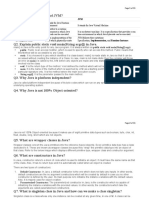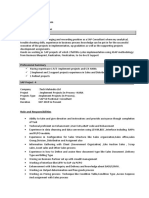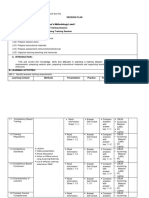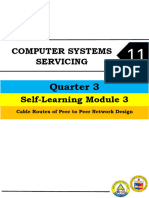0% found this document useful (0 votes)
9 views7 pagesJava TWO Marks
The document provides an overview of fundamental Java concepts including bytecode, literals, variables, data types, operators, and object-oriented programming principles. It explains the differences between instance and static variables, the use of arrays, exception handling, multithreading, and the role of keywords such as 'final' and 'super'. Additionally, it covers Java's input/output streams, applets, and networking concepts like IP addresses and proxy servers.
Uploaded by
kmgCopyright
© © All Rights Reserved
We take content rights seriously. If you suspect this is your content, claim it here.
Available Formats
Download as DOC, PDF, TXT or read online on Scribd
0% found this document useful (0 votes)
9 views7 pagesJava TWO Marks
The document provides an overview of fundamental Java concepts including bytecode, literals, variables, data types, operators, and object-oriented programming principles. It explains the differences between instance and static variables, the use of arrays, exception handling, multithreading, and the role of keywords such as 'final' and 'super'. Additionally, it covers Java's input/output streams, applets, and networking concepts like IP addresses and proxy servers.
Uploaded by
kmgCopyright
© © All Rights Reserved
We take content rights seriously. If you suspect this is your content, claim it here.
Available Formats
Download as DOC, PDF, TXT or read online on Scribd
/ 7























































































